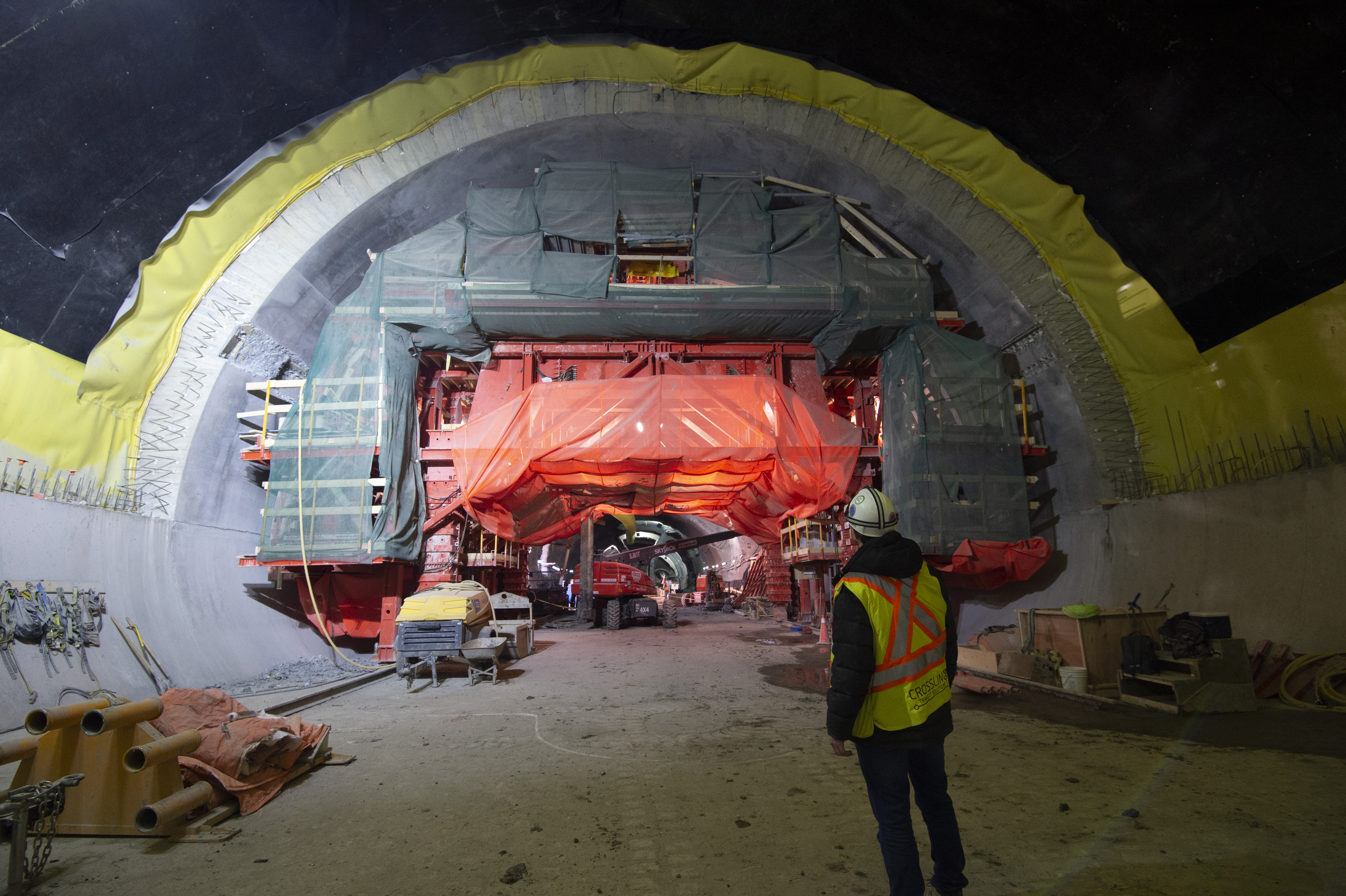Bojaxs
Senior Member
Hypothetical question, but if there is a collision with a vehicle at the at-grade portion of the line, does that mean the entire underground and grade separated stretches of the central and western portions of the line have to halt operations?I'm dreading many, many collisions with passenger vehicles in the at-grade sections, especially in the early years.





